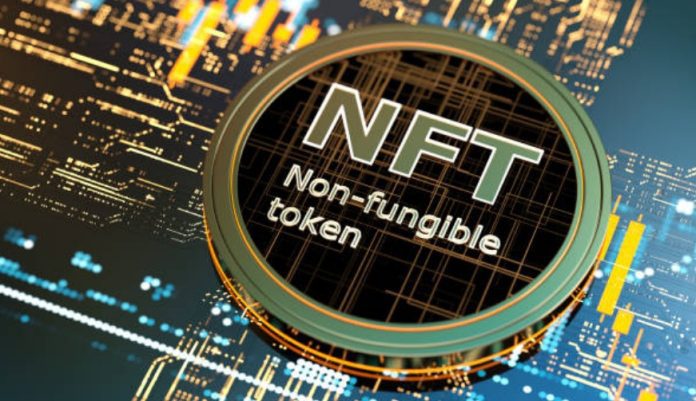The viability and legitimacy of non-fungible token (NFT) royalties, a cost that is fueling intense disputes between NFT developers and collectors regarding whether they are justifiable, is currently at the point of contention in the NFT sector over the last week. In the future years, would the NFT royalties reach their creator or only the creator’s wallet?
A new wave of NFT technology emerged in 2021, giving creators fresh reason to be optimistic after two decades of Web2 development yielded massive revenues for centralized tech companies but little rewards for content providers.
The Buzz Around NFT Payments
Since their inception, NFTs have allowed their authors to reap the long-term benefits of not just NFT mints and IP, but also perpetual royalties from secondary sales, thanks to Web3’s commitment to decentralization and equitable payment free from bloated middlemen.
However, a severe crypto winter has wiped out value at the bottom of the market. NFT artists are speaking out against a new wave of profit-first NFT marketplaces that want to eliminate these payments in order to attract more purchases from collectors.
Taking a stance on this contentious debate is difficult since both sides have valid reasons for why they should maximize the return on their respective investments in NFTs. Now, let’s take a closer look at the pros and cons of NFT royalties.
NFT Royalties Are Defined As.
With the help of NFT royalties, creators may earn an automated cut of the money made from their work’s secondary sales. In the conventional art industry, once a painter sells a canvas, whatever additional value may be added to it as it changes hands does not go back to the original creator.
NFTs may be programmed through the smart contract to generate secondary sales income of between 5 and 10 percent. Before the emergence of online markets that operate outside of them, many individuals held this view.
Where Can I Shop Where NFT Royalties Are Accepted?
OpenSea, Rarible, SuperRare, and Art Blocks are just some of the main markets that have been ready to fulfill NFT royalties so far. While the above sites are common places for NFTs to be sold, it is always possible to reach an arrangement that would allow you to sell an NFT without having to pay a royalty. The NFT may be gifted, and the recipient could then receive cryptocurrency at any of their existing wallet addresses. Also, since markets are responsive to customer demand, some struggling NFT marketplaces may be considering lowering or eliminating NFT royalties in order to remain profitable and keep customers from defecting to the growing number of competitor sites that do not offer royalties. This is especially true in light of the recent precipitous decline in NFT demand and prices. New product introduction marketplaces (NFTs) face a Catch-22: should they look out for the best interests of their product suppliers, i.e. One of the parties involved in developing NFTs, or its end users?
Conclusion
The problem of NFT royalties is complex and will not be easily resolved. In all likelihood, the market will win. Some high-quality projects may also keep requiring royalties even if others do not. Need is a major factor. Royalties aren’t a concern while the NFT market is booming, but they might become a burden during down periods.
Disclaimer: This article contains sponsored marketing content. It is intended for promotional purposes and should not be considered as an endorsement or recommendation by our website. Readers are encouraged to conduct their own research and exercise their own judgment before making any decisions based on the information provided in this article.


































